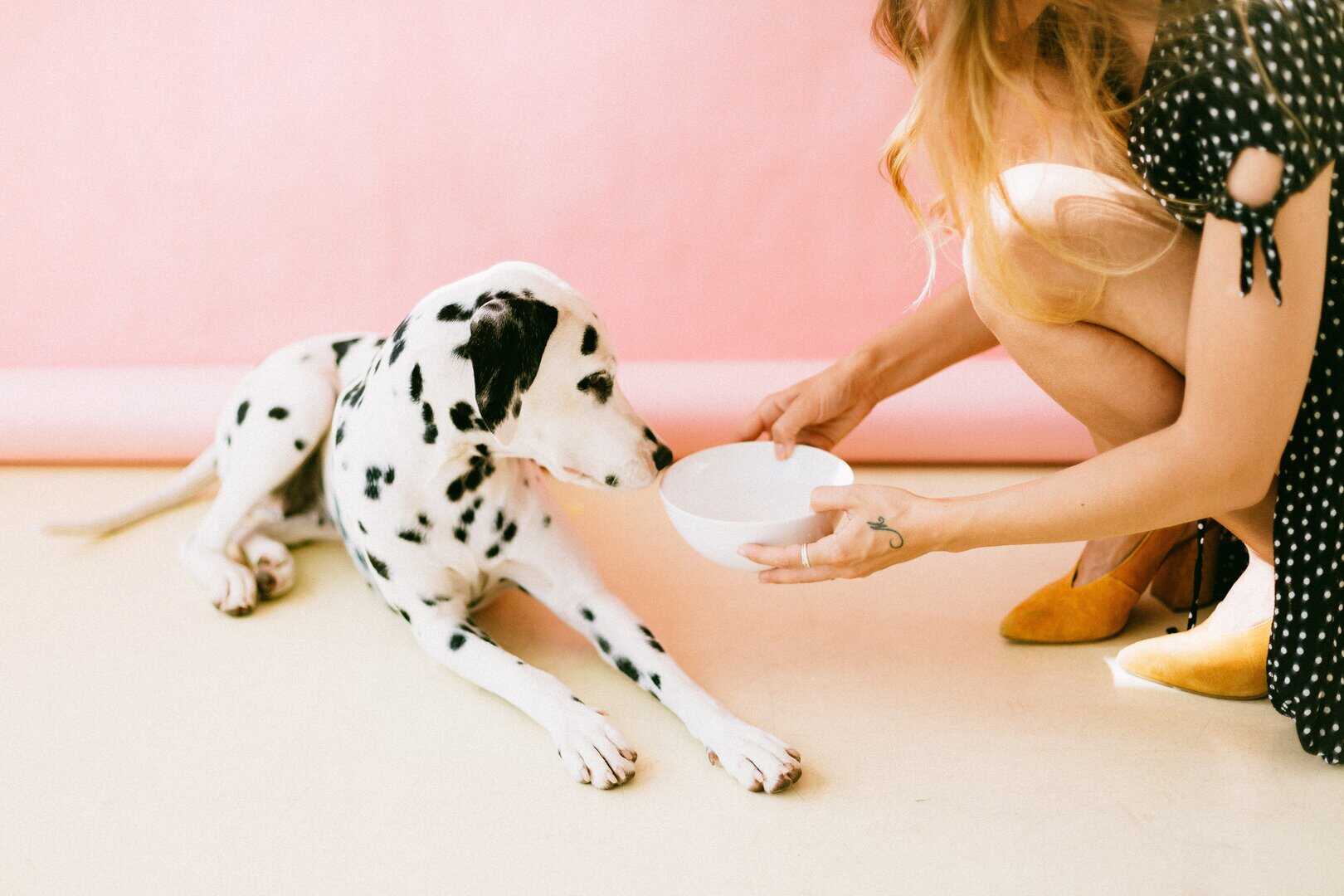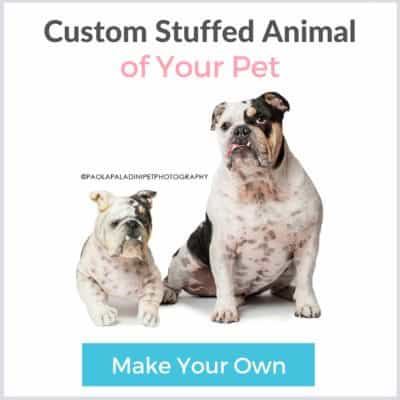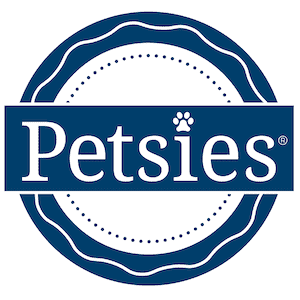We are a professional blog site that may receive compensation or free samples from the companies whose products and topics we write about. We are independently owned, and the opinions expressed here are of the writer. To read the full disclosure click here.
______________________________
The correct diet for your dog is one of the most important factors affecting your pet’s health. Dogs don’t have a refined taste. So a dog’s owner chooses food for the pet’s individual needs. They depend on age, workload, place of residence, and season. A normal diet should include animal and plant foods, fats, proteins, vitamins, carbohydrates, trace elements, and mineral salts.
How to Feed Your Dog
It is not necessary to provide all vital nutrients with every meal. Balance is achieved over time, over the course of weeks, just as it does in nature. When feeding natural raw foods, it is okay to have one feeding somewhat one-sided as long as you stick to a variety in subsequent feedings.
Large dogs eat more, but the calorie content of the portion can be purposely reduced. If the dog has to work hard (e. g., hunting breeds) and if the dog is young, more food will be needed. It is easy to find out if your pet has enough food. Owners can put a rationed portion in a bowl, and then remove it after 15 minutes. The dog should always have fresh drinking water. After eating the prescribed portion, if the dog continues to bark and beg for food, the amount can be slightly increased.
Often, adults are fed twice each day; morning and evening at around the same time each day. It is best to give food after a walk so the dog will eat with an appetite. Puppies up to three months old are fed every four hours according to the regimen, young pups three to seven months old are fed three times a day, then transferred to two meals a day.
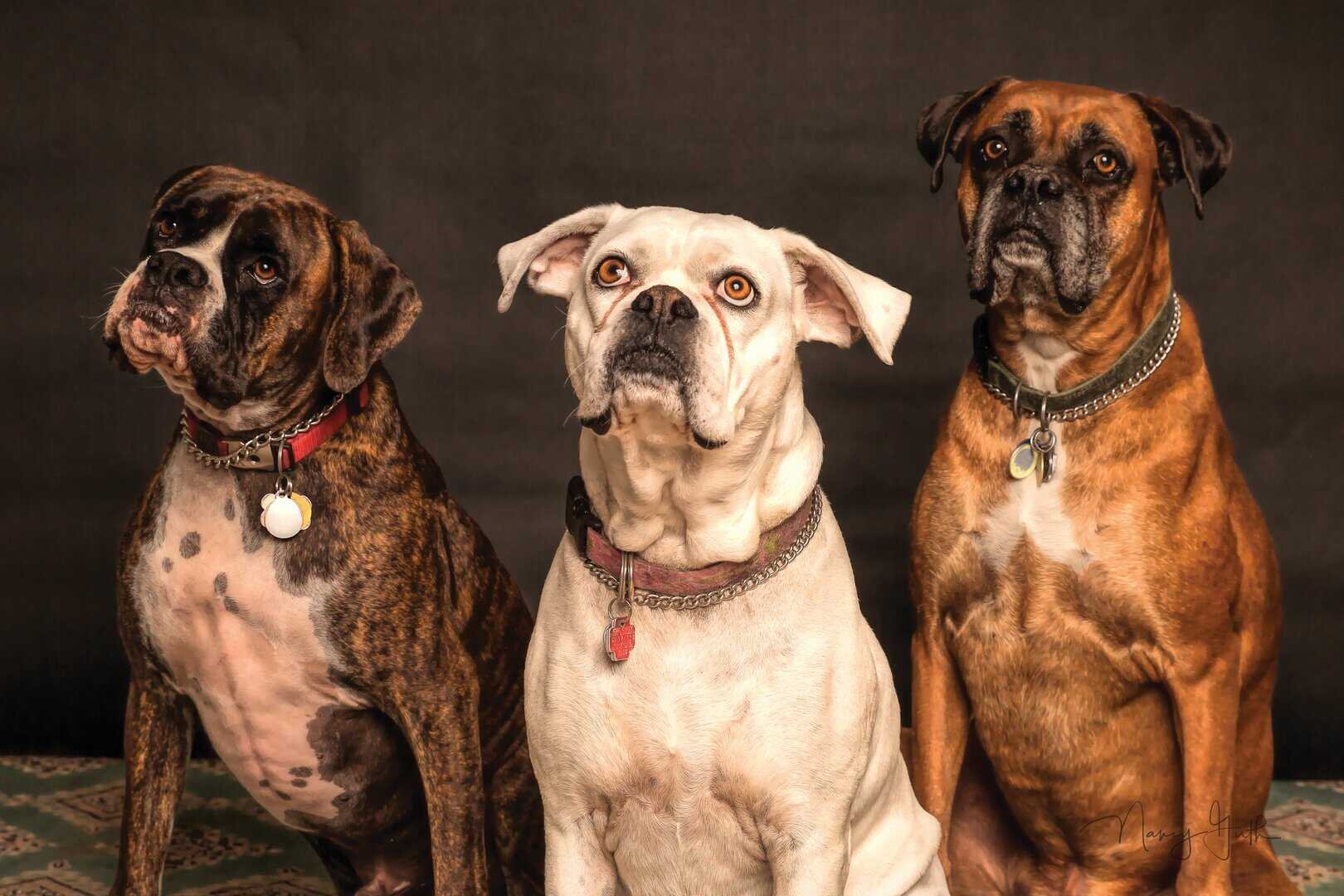
What to Feed Your Dog
The diet should be 2/3 meat and offal and 1/3 plant foods. You can also choose a grain-free diet. Experts from ThePets suggest that apart from being recommended for celiac sufferers, who cannot process gluten, grain-free diets are said to help with digestive issues, autoimmune disease, weight loss, and maintaining healthy blood sugar levels. Again, everything depends on the personal needs of the dog.
Natural feed:
-
- Meat: lamb, beef, goat, horse meat. You can give raw but pre-frozen meat, sometimes boiled. If cut into slices, you do not need to mince. It’s better not to give pork and fatty pieces of chicken, but you can give cartilage, and tendons in limited quantities;
-
- By-products: necks, liver, lungs, etc. Give the liver and lungs no more than once a week, since if raw, these by-products are hard to digest;
-
- Oil: you can gradually mix vegetable oils into meat porridges – sunflower, pumpkin, olive, linseed;
-
- Porridge: you can give cereal flakes (rye, oat, wheat), barley, rice, or buckwheat, mixing it with vegetables, meat, or fish. You can also cook porridge in broth, and add raw quail or chicken eggs to it;
-
- Vegetables: carrots, bell peppers, zucchini, cucumber, pumpkin, beets, cabbage. You can boil it with porridge or grate it raw. It is also useful to give greens – salad, parsley, dill;
-
- Dairy products: low-fat cottage cheese, yogurt, and milk is given only to puppies since it is not digested in adults;
-
- Fish: no more than once a week, choose low-fat varieties of sea fish;
- Vitamin feeding: it is better to consult a veterinarian and choose the right complex.
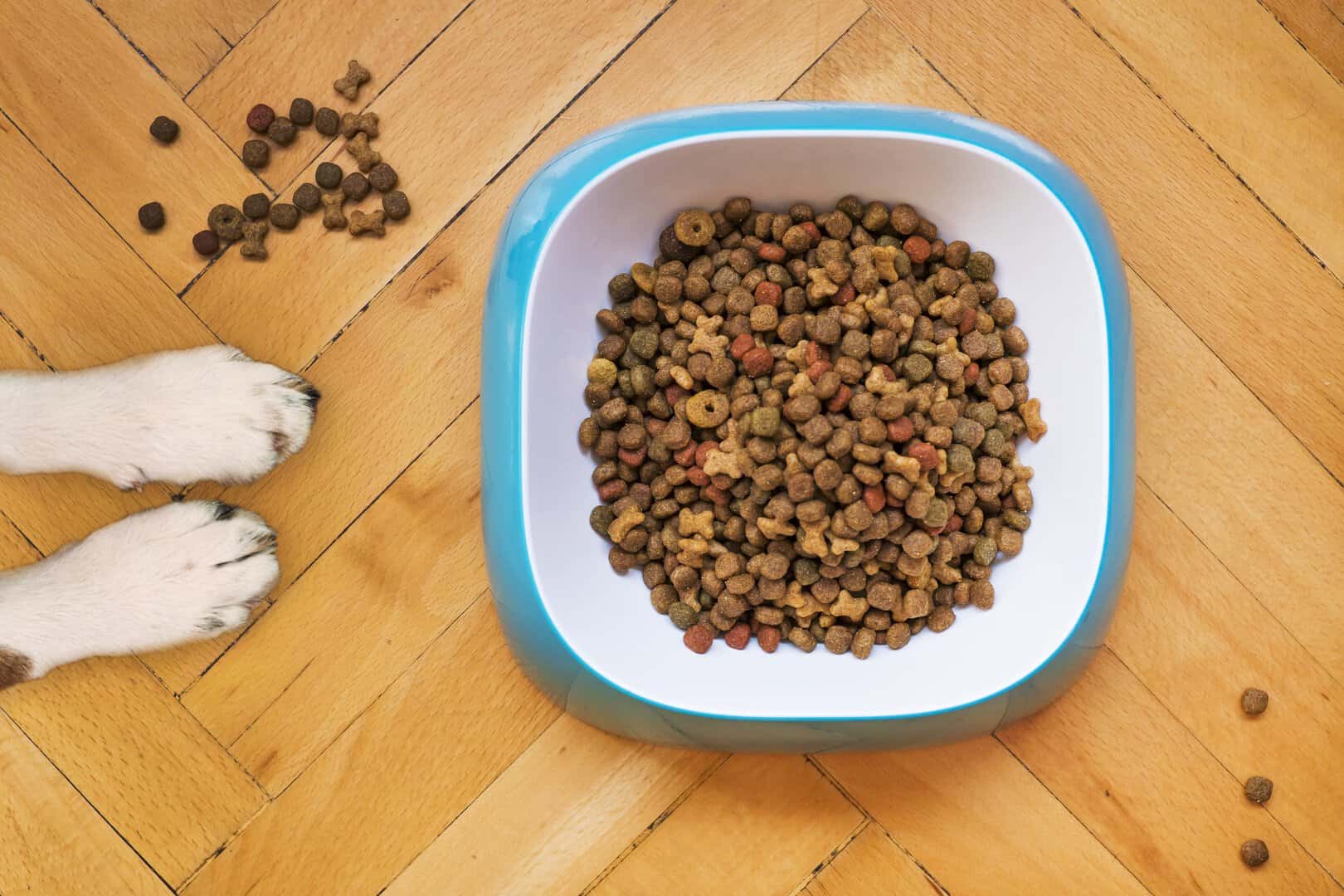 You can feed the dog ready-made food like canned food, semi-dry, or dry food. You should not abruptly change one type of feed to another. Choose qualitative food, which contains the required amount of needed elements. You should always consult with your veterinarian about your dog’s diet before you switch their food source.
You can feed the dog ready-made food like canned food, semi-dry, or dry food. You should not abruptly change one type of feed to another. Choose qualitative food, which contains the required amount of needed elements. You should always consult with your veterinarian about your dog’s diet before you switch their food source.
What is Natural Animal Food?
The concept of natural nutrition came into use with the mass enthusiasm for non-natural nutrition, the appearance on the market of commercial feed, and their active promotion. It is rare to find an owner who knows what natural food is. Natural food is generally considered to be anything other than commercial food. But actually, it is not. Under the natural nutrition of an animal, it is understood not naturalness as such, but the naturalness of food for this animal type.
So, a dog’s digestive system is typical of a predator and can completely digest meat and bones. Salmonella, other bacteria, and parasites are almost always present, but they are quickly killed in a healthy body. Dog stomach acid is very strong and can dissolve even bones, cartilage, and meat easily and quickly. Since gastric juices are secreted in proportion to the amount of meat eaten, harmful bacteria are quickly killed in raw meat, and parasite infestation is rare.
The Most Common Problems with Feed Intake
- Refusal from food
There are many reasons why dogs refuse to eat food. The most common: fever, sexual arousal, or a struggle when the leader dog does not let the rest of the dogs near the bowl. The reason for the lack of appetite can also be food spoiled by improper storage. If the dog refuses to eat for any reason, you should take it to the veterinarian. The owner must remember that this can also be a non-health behavioral problem. - Excessive appetite, gluttony
This may be due to a fear of lack of food, neurohormonal disorders of the body, boredom, or caused by the insufficient energy consumption of food or a violation of its assimilation in the digestive tract. Evaluating feed intake, fecal volume, weight changes, and close observation of the animal’s general condition will allow the dog owner to help the veterinarian choose guidelines for diagnosis. - Perverted appetite
If a dog eats something inedible, then it is believed that it suffers from a perverse appetite. If a dog suddenly eats grass, and each time such an action is systematically accompanied by vomiting, then this is most often due to psychological problems or a violation of the diet. And if this behavior is repeated often, then this is the first symptom of gastritis onset. Perverted appetite is mostly seen when the dog licks walls or the ground, eats dirt, and usually accompanies this state of depression. In this case, the vet should examine the dog for digestive tract diseases. - Excessive Vitamin D supplementation in puppies’ feed
The need for Vitamin D in a puppy is relatively low. Most pups get it from eating a balanced diet, especially for commercial feed. Too much of it in food can be harmful to bone formation. Before adding it to homemade food, consult your vet.
10 Rules of Feeding Your Dog
- Give your dog plenty of water
Change your dog’s water frequently. In puppies, lactating females, working dogs, and on a hot day, the amount of water consumed is higher than usual. - Move to another feed gradually
Change an animal from one food to another type of food gradually. Sometimes it can take a week or longer. During this time, the dog adapts to the taste of the new food, its digestion, and assimilation. - Feed your dog regularly
A dog is happy if he gets the same food from the same bowl in the same place every day at about the same time. - Control the amount of feed consumed
Make sure you control the amount of food you’re providing by weighing it regularly to avoid obesity in your dog. - Feed your dog a balanced diet
Regardless of whether you are giving your dog homemade or commercial food, it should contain all the necessary ingredients in the quantities and proportions that meet your dog’s needs. - Choose food carefully
There are 3 criteria in choosing food for a dog: age, level of physical activity, physiological condition, and size. - Rational use of feed
Nutritionists do not recommend combining dry food with homemade food. Leftovers from the table are not part of the dog’s food. - Feeding hygiene should be adequate
Store all open canned dog food, fresh, and thawed food in a cool place, and wrap croquettes to keep them dry. If the dog has not completely eaten its food, discard the leftovers. Remember to wash the dog’s dish every day. - Observe feeding results
The effectiveness of the diet and adaptation to it of the dog should be monitored by observing changes in weight, hair quality, excrement, appetite, and general condition. - Seek advice from your veterinarian
A veterinarian’s experience makes him a better nutritionist than you are. Make sure to consult with them regularly about your pet’s diet.


